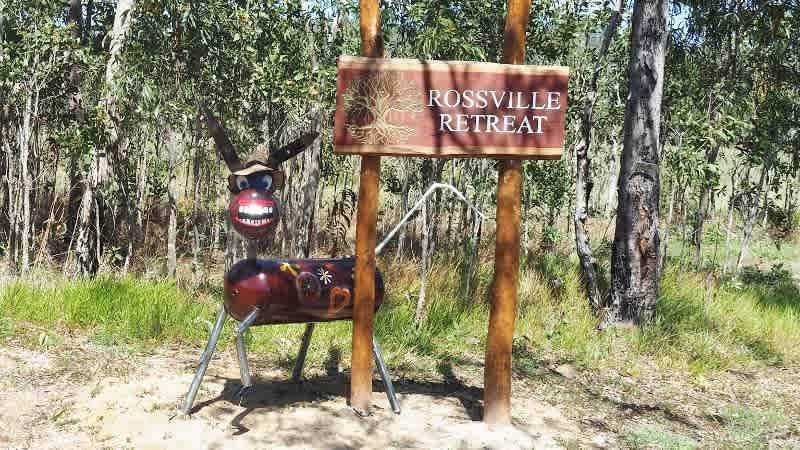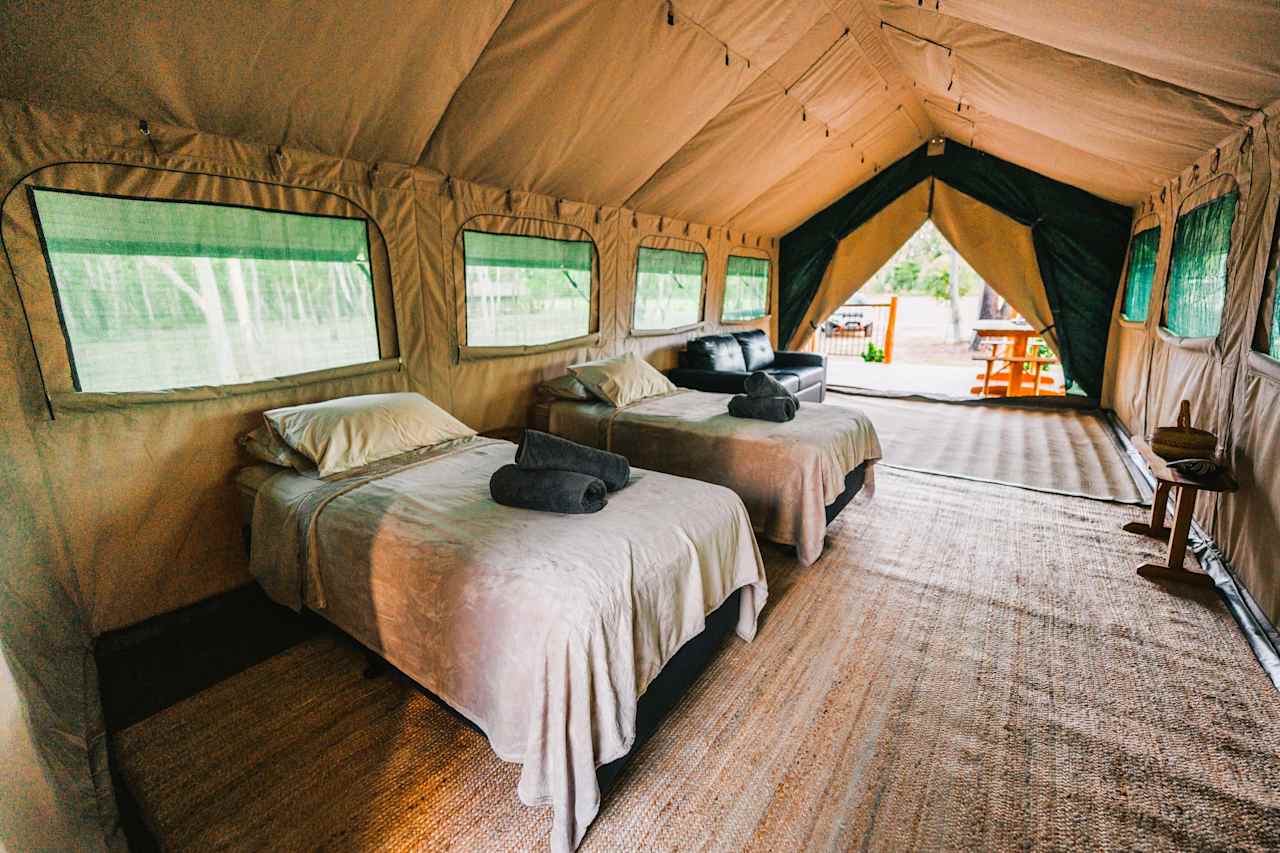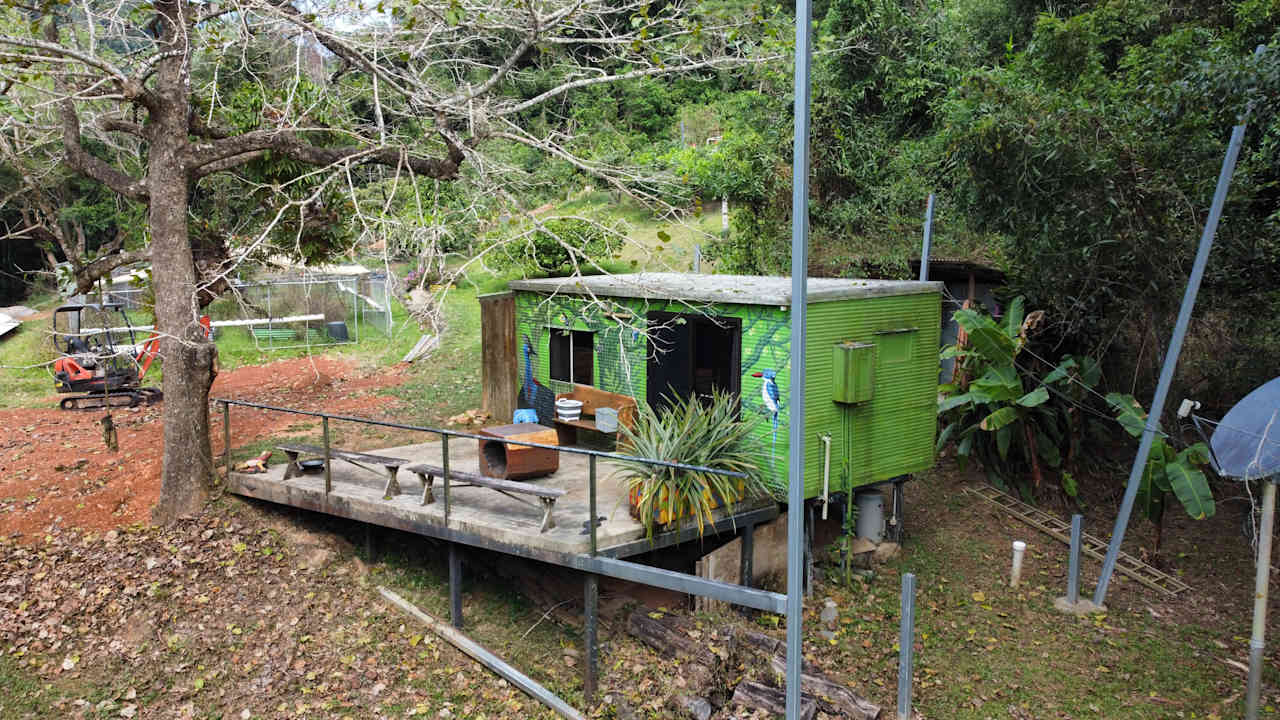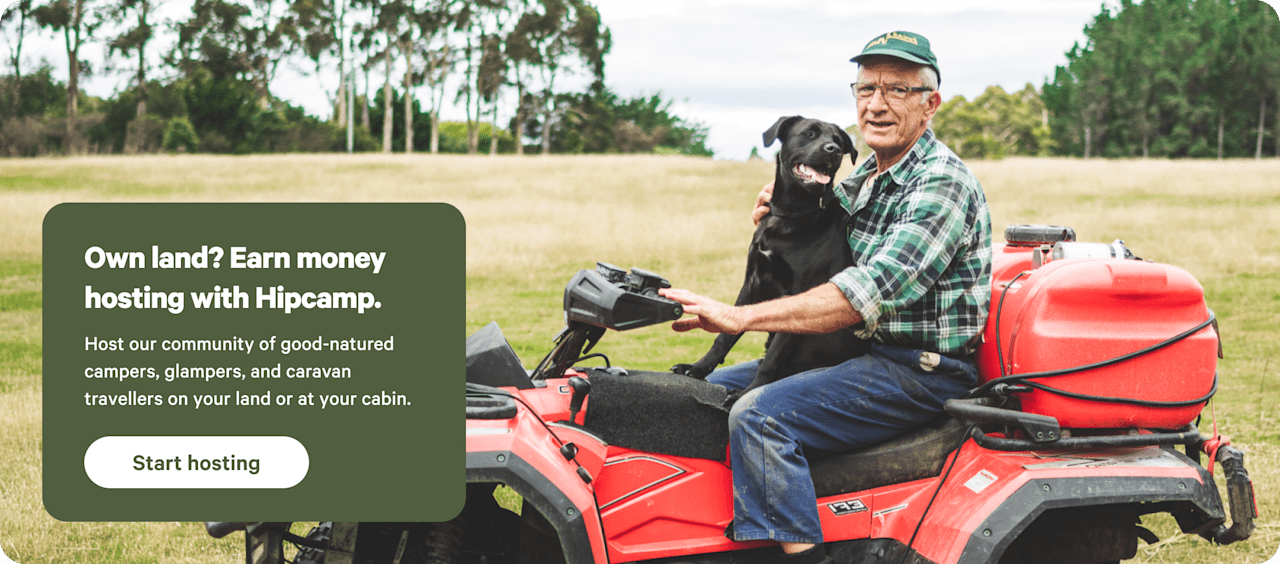Glamping near Cooktown
Soak up the tropics while camping near Cooktown, gateway to Queensland’s Cape York Peninsula.
- Cooktown
Popular camping styles for Cooktown
2 top glamping sites near Cooktown
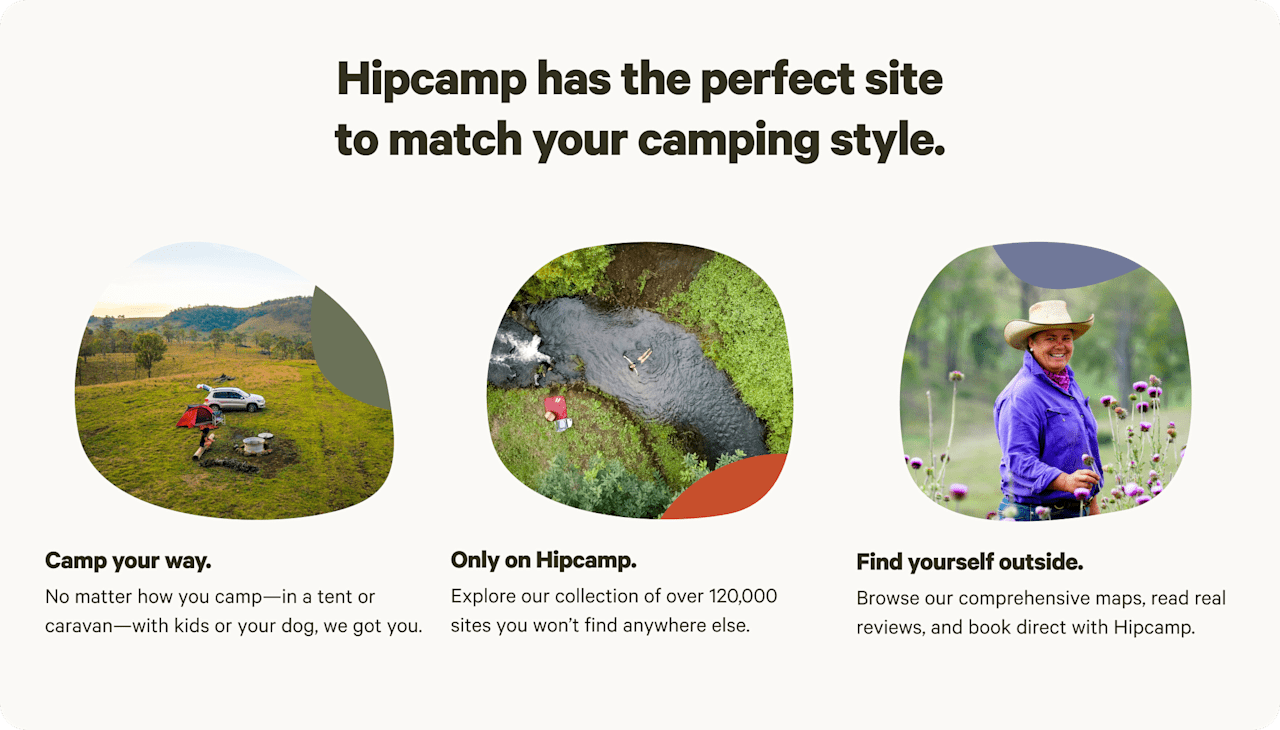

Glamping near Cooktown guide
Overview
At the mouth of the Endeavour River, about 328 km (204 miles) north of Cairns, Cooktown is the gateway to Queensland’s remote and rugged Cape York Peninsula. Named for the British explorer Captain James Cook, who beached his ship Endeavour off the coast in 1770, the sleepy tropical town is rich in history with an excellent museum, rock art galleries, a lighthouse, and local markets. It’s also within striking distance of plenty of fishing, hiking, and camping options, including caravan parks, farms, and beachfront sites in the townships of Laura, Hope Vale, and Elim Beach.
Where to go
Mount Cook
The 231-metre (758-foot) Mount Cook provides a dramatic backdrop to town as part of the Mount Cook National Park. Camping is not allowed in the park, but two walking tracks to lookouts lead to spectacular views over Cooktown, the Great Barrier Reef, and area coastline. The easier Mungurru lookout track is a 1.8-km return trip on the lower slopes of Mount Cook, while the 1.6-km Waymbuurr track is more challenging, requiring some navigational skills and a good level of fitness to reach the lookout. Take binoculars for birdwatching, and watch for pythons and northern quolls.
Keatings Lagooon
Just eight kilometres south of Cooktown, the freshwater Keatings Lagoon Conservation Park is a sanctuary for wildlife and migratory birds. A wooden boardwalk follows the edge of the lagoon through melaleuca forest, leading to a bird-hide and picnic area. For thousands of years the Gungarde Aboriginal people have used the natural resources of the lagoon—which they call Mulbabidgee—for food and medicine.
Hope Islands National Park
Four low-lying coral cays make up Hope Islands National Park. Get there from Cooktown by charter boat for camping on East Hope Island, a sandy cay with great snorkelling and diving, or on Snapper Island, a popular spot for sea kayakers. Campers must be self-sufficient, as the campsites only feature toilets. Each island has four campsites, with up to four campers allowed at each on East Hope Island and up to six at each site on Snapper Island.
When to go
The cool months of the year, from May to October, are best for Cape York Peninsula travel. Many roads and tracks become impassable during the hotter, wet months of late November to April, when cyclones can occur.
Know before you go
- Cooktown has good facilities for stocking up before you go camping, including a post office, pharmacy, visitor information centre, bank, and car hire.
- Dangerous stinging jellyfish may be present in coastal waters in the warmer months, when ocean swimming should be avoided. Their toxic stings can cause serious illness.
- Camping permits are required for all Queensland parks, forests, and reserves. Reserve your spot online and in advance, ideally as early as possible.
